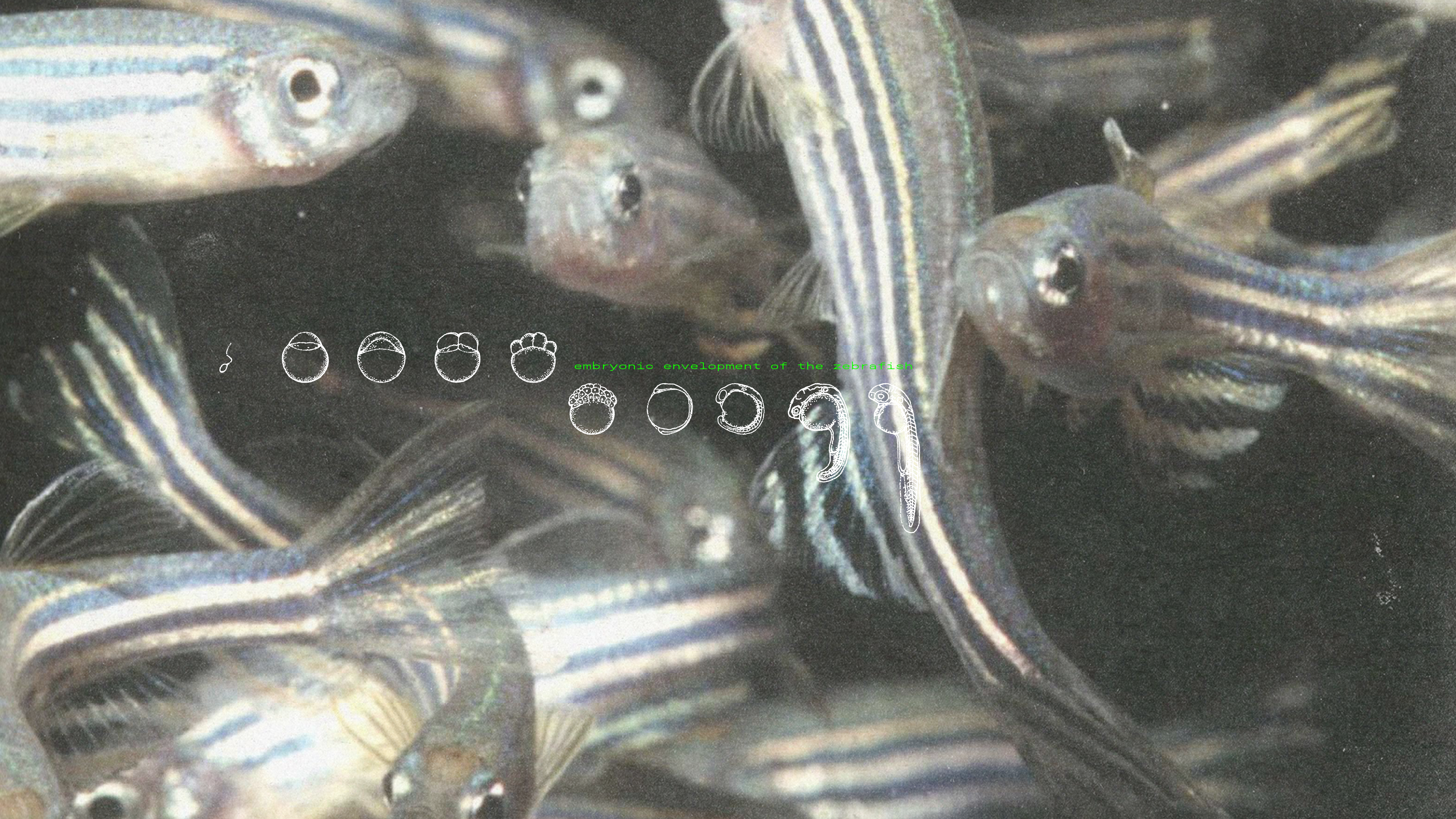zebbaGreen is an ongoing information detection experiment derived from the digitization of zebrafish, a model organism used in physical life as a scientific study of human physiological diseases. zebba's experiments exist in the constant input and output of information, with variable text as the basic mode of transmission, and serve as a detecting agent for human mental activity. Supported by mobile devices, opentype open source protocols and web technologies, zebba detection can be extended to the daily life of almost everyone.
open sourceThis project uses font variation as the basic unit of a media detection system, firstly for a completely digital world with infinite possibilities of window size variations. In physical media, the interface between digital windows and printed matter can also be created through dynamic text, and the possibility exists to interact with the physical environment through mixed or augmented reality, adjusting the variable axes of the text according to the environment, in order to convey meanings other than those of the text itself. zebba fonts were initially prototyped from the Roboto Mono, which is the initial system font for Android models and is widely used in the interface design of electronic devices, primarily designed by Christian Robertson.
download
roboto-mono-zebba
designer
Zang Qucheng, Zhou Yue and Cui Nan from China Academy of Art(senior).
contact
3190602072@caa.edu.cn
